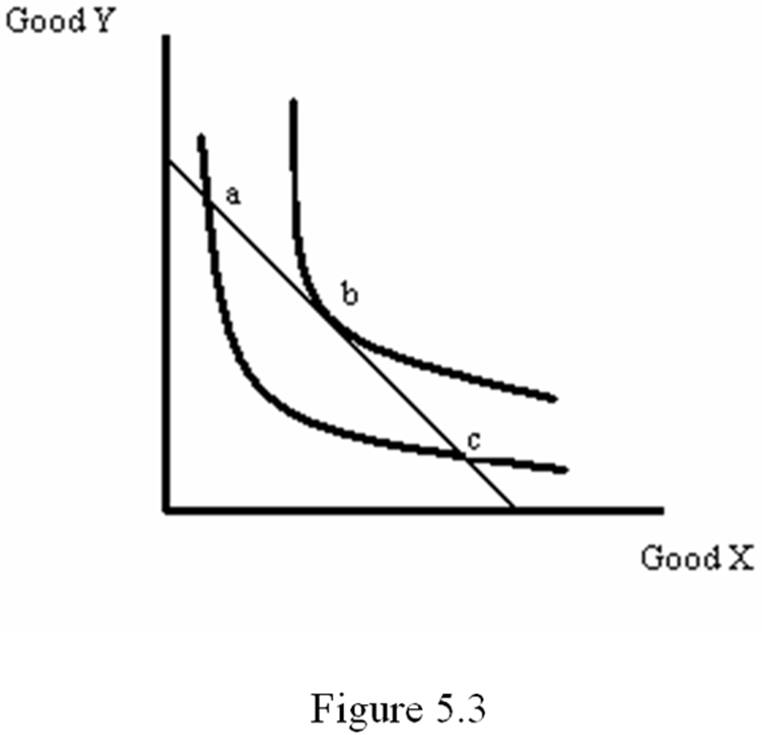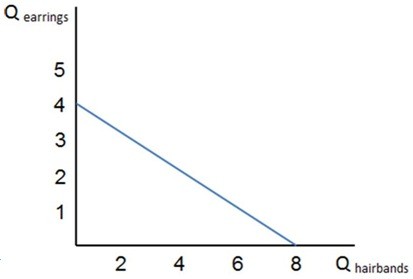In U.S. v. Addyston Pipe and Steel Company (1898), the Supreme Court ruled that
a. horizontal mergers were a violation of the Sherman Act.
b. vertical mergers were a violation of the Sherman Act.
c. collusive agreements among competing firms were a violation of the Sherman Act.
d. mergers that created "corporate monoliths" were a violation of the Sherman Act.
c. collusive agreements among competing firms were a violation of the Sherman Act.
You might also like to view...
Public goods legislation involves
a. widespread benefits and concentrated costs b. widespread benefits and widespread costs c. concentrated benefits and widespread costs d. concentrated benefits and costs e. regulating natural monopolies to avoid price gouging
Refer to Figure 5.3. Which of the following statements is false?

A. Points a, b and c all represent best choices for the consumer.
B. It is possible for the consumer to afford better bundles than a.
C. Point b satisfies the tangency condition.
D. It is possible for the consumer to afford better bundles than c.
 Assume the graph shown shows Bobbi's budget constraint. If hairbands cost $5, then Bobbi's income to spend on these two items must be:
Assume the graph shown shows Bobbi's budget constraint. If hairbands cost $5, then Bobbi's income to spend on these two items must be:
A. $8. B. $40. C. $6. D. Cannot be determined without more information.
Government spending conducted for the purpose of achieving full employment or price stability is an example of
A. exchange-rate policy. B. interest-rate policy. C. fiscal policy. D. monetary policy.